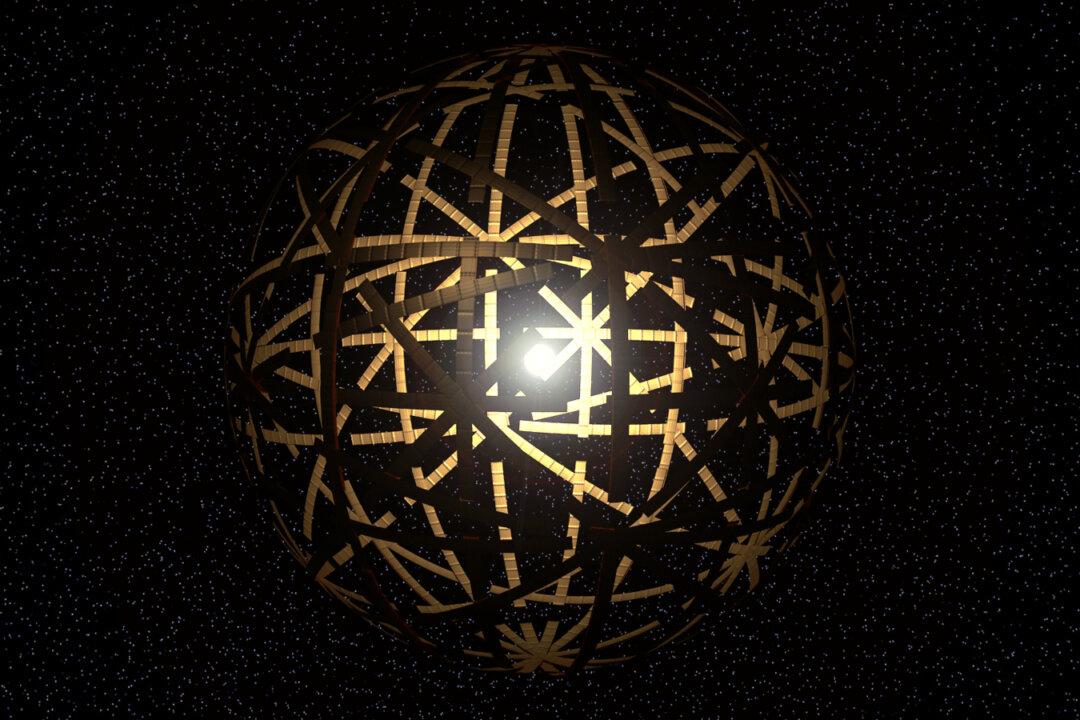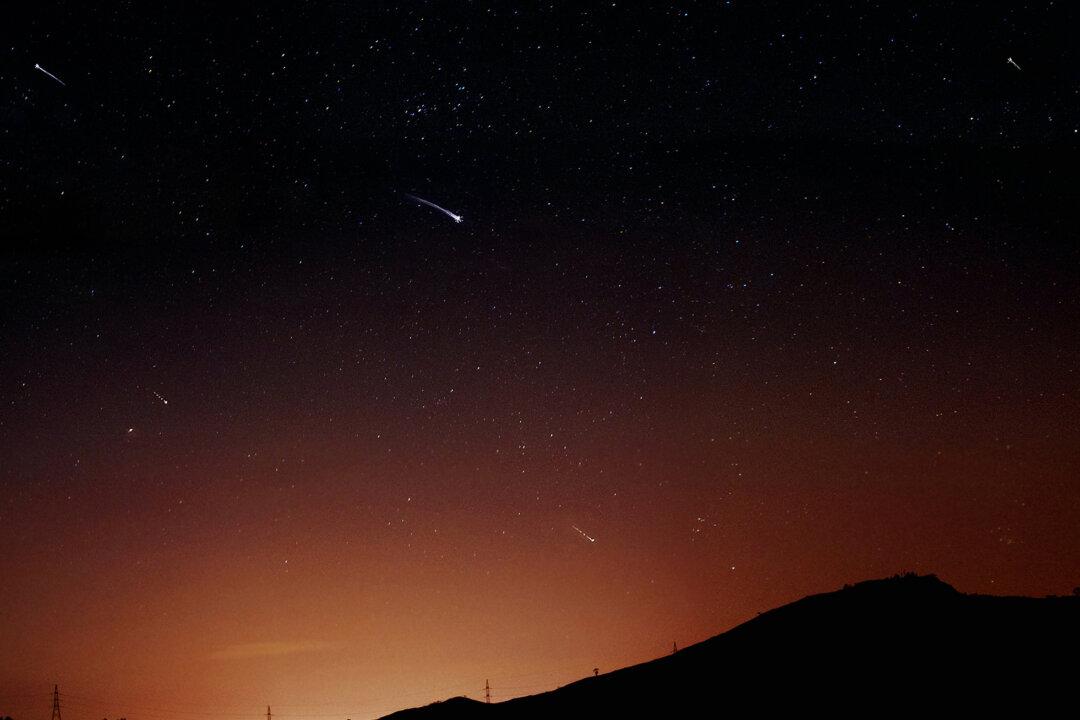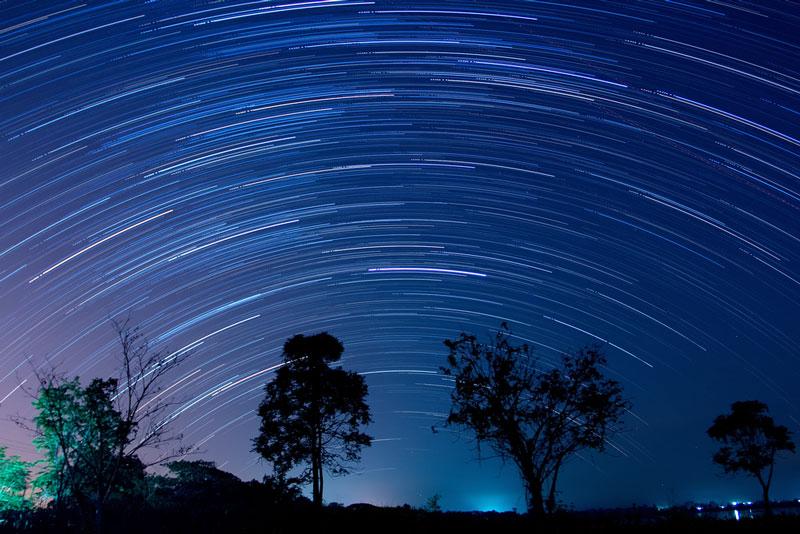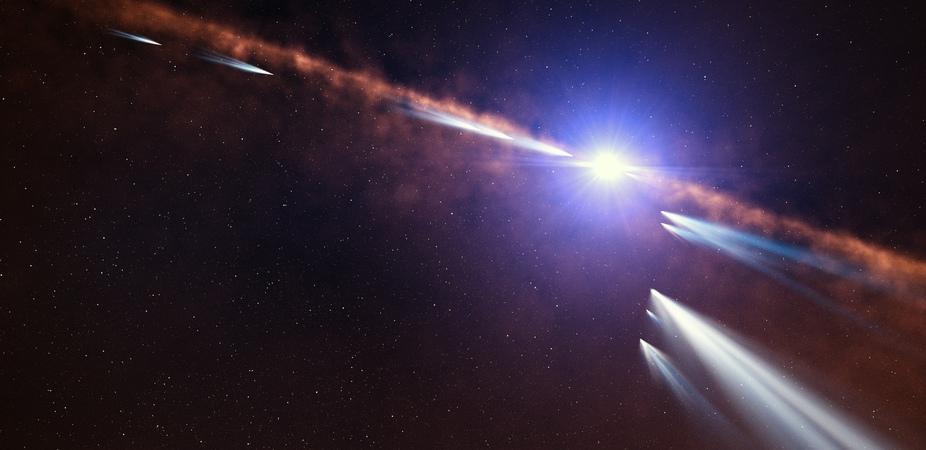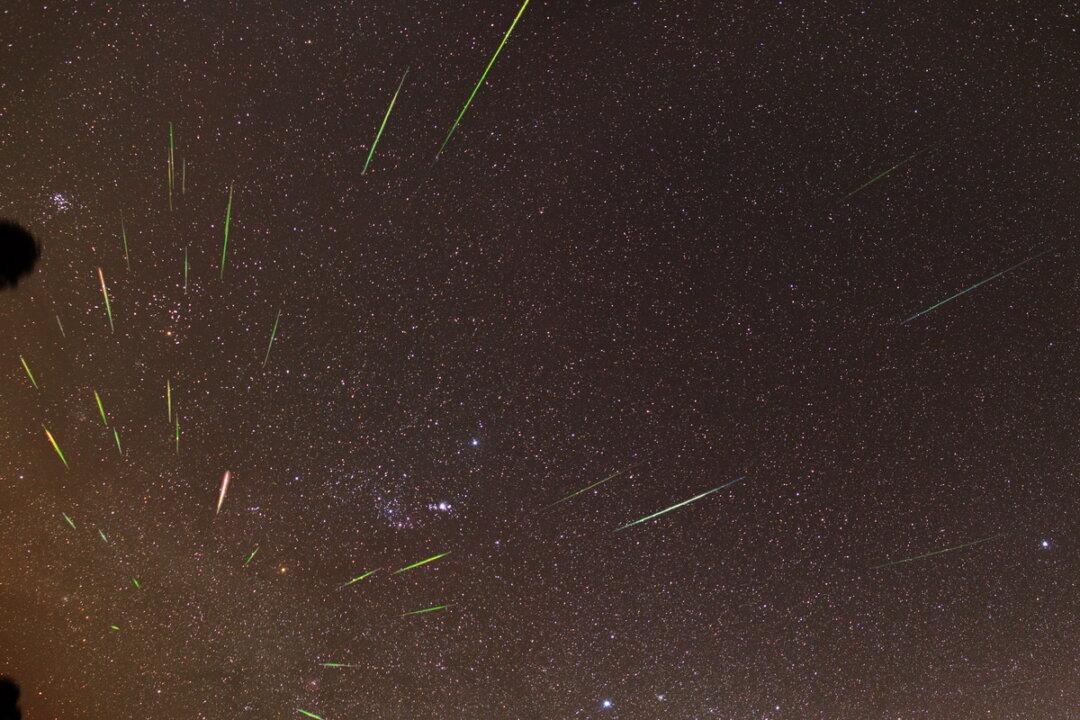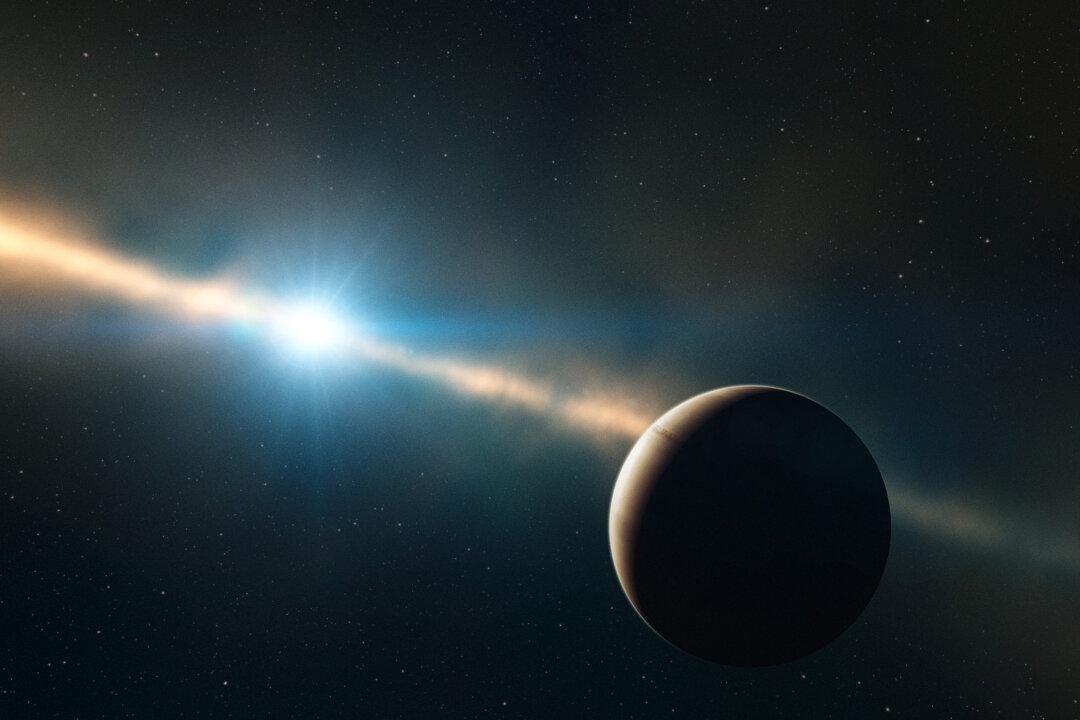Jonti Horner
Author
LATEST
Whatever the Strangest Star in the Galaxy Is, It’s Sure to Be Amazing
For the past few days, the media has been abuzz with one of the most peculiar astronomical observations for many years.
|
Nature’s Fireworks: The Best Meteor Showers Coming in 2015
Watching meteors in the night sky can be fun, although typically you only see a few flashes an hour. But there are certain times of the year when you can see many more – events known as meteor showers.
|
Comet Families Similar to Our Own Are Found Around Star Beta Pictoris
A detailed study of comets orbiting the young nearby star Beta Pictoris was published yesterday in the journal Nature, and it reveals striking similarities to the comets found in our solar system.
|
WATCH: One of the Year’s Best Meteor Showers, Thanks to Halley’s Comet
As Earth orbits the sun, it continually ploughs through dust and debris left behind by passing comets and asteroids. On any night of the year, a keen-eyed observer might see five, or even ten, meteors (shooting stars) per hour. But over the next week, that number will rise markedly, as Earth moves through the centre of a stream of debris left behind by the most famous of all comets, comet 1P/Halley.
|
A Different Spin – Exoplanet’s ‘Day’ Is Measured for the First Time
Over the past two decades, almost 1,500 exoplanets have been discovered orbiting distant stars – but Dutch astronomers have determined for the very first time just how fast one of those exoplanets is spinning on its axis.
|
Crash – a-ah! Our Moon Has a History of Violence
The more we learn about the formation and evolution of our solar system, the more we realise it was far from a sedate, gentle process.
|
Whatever the Strangest Star in the Galaxy Is, It’s Sure to Be Amazing
For the past few days, the media has been abuzz with one of the most peculiar astronomical observations for many years.
|
Nature’s Fireworks: The Best Meteor Showers Coming in 2015
Watching meteors in the night sky can be fun, although typically you only see a few flashes an hour. But there are certain times of the year when you can see many more – events known as meteor showers.
|
Comet Families Similar to Our Own Are Found Around Star Beta Pictoris
A detailed study of comets orbiting the young nearby star Beta Pictoris was published yesterday in the journal Nature, and it reveals striking similarities to the comets found in our solar system.
|
WATCH: One of the Year’s Best Meteor Showers, Thanks to Halley’s Comet
As Earth orbits the sun, it continually ploughs through dust and debris left behind by passing comets and asteroids. On any night of the year, a keen-eyed observer might see five, or even ten, meteors (shooting stars) per hour. But over the next week, that number will rise markedly, as Earth moves through the centre of a stream of debris left behind by the most famous of all comets, comet 1P/Halley.
|
A Different Spin – Exoplanet’s ‘Day’ Is Measured for the First Time
Over the past two decades, almost 1,500 exoplanets have been discovered orbiting distant stars – but Dutch astronomers have determined for the very first time just how fast one of those exoplanets is spinning on its axis.
|
Crash – a-ah! Our Moon Has a History of Violence
The more we learn about the formation and evolution of our solar system, the more we realise it was far from a sedate, gentle process.
|

